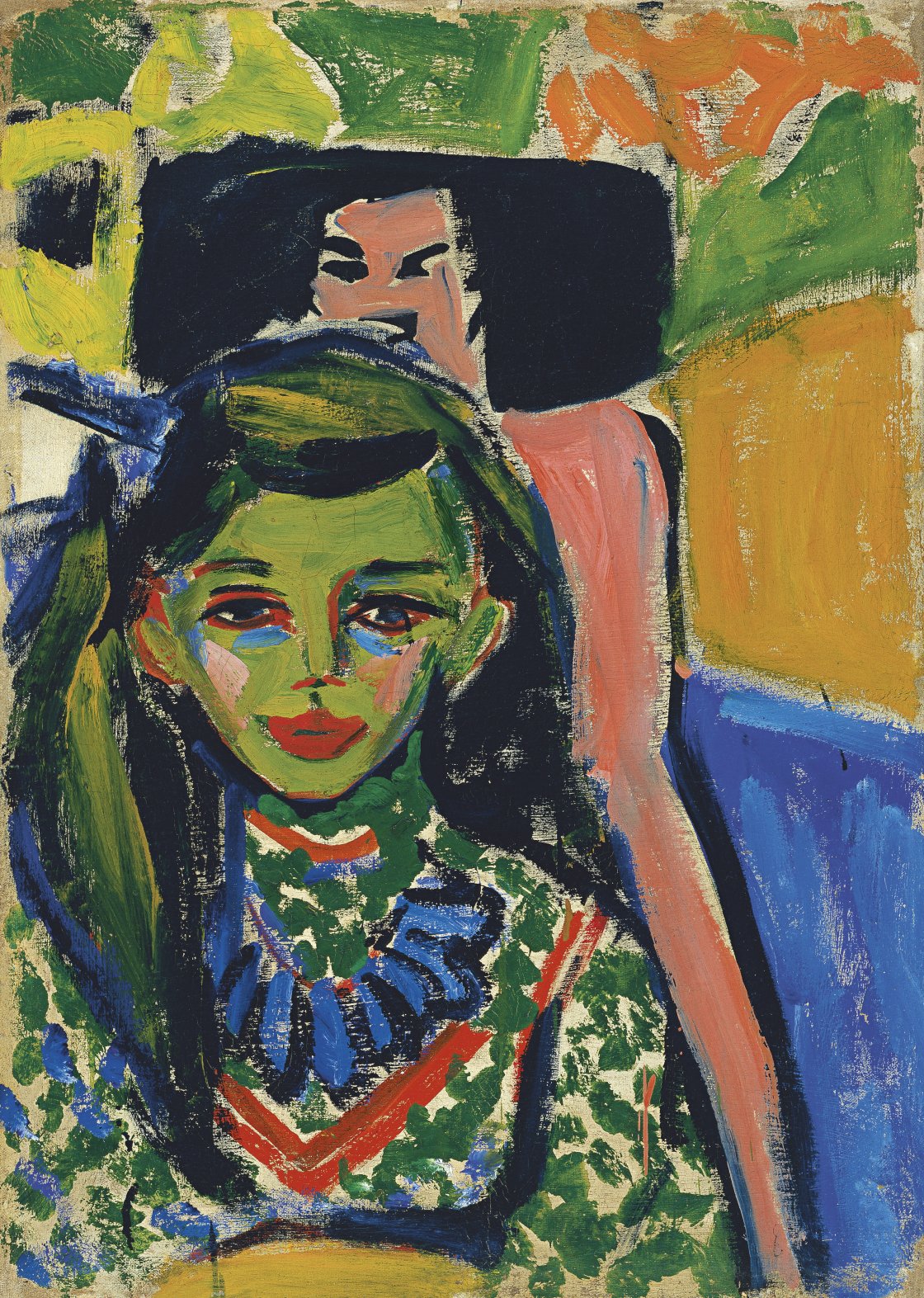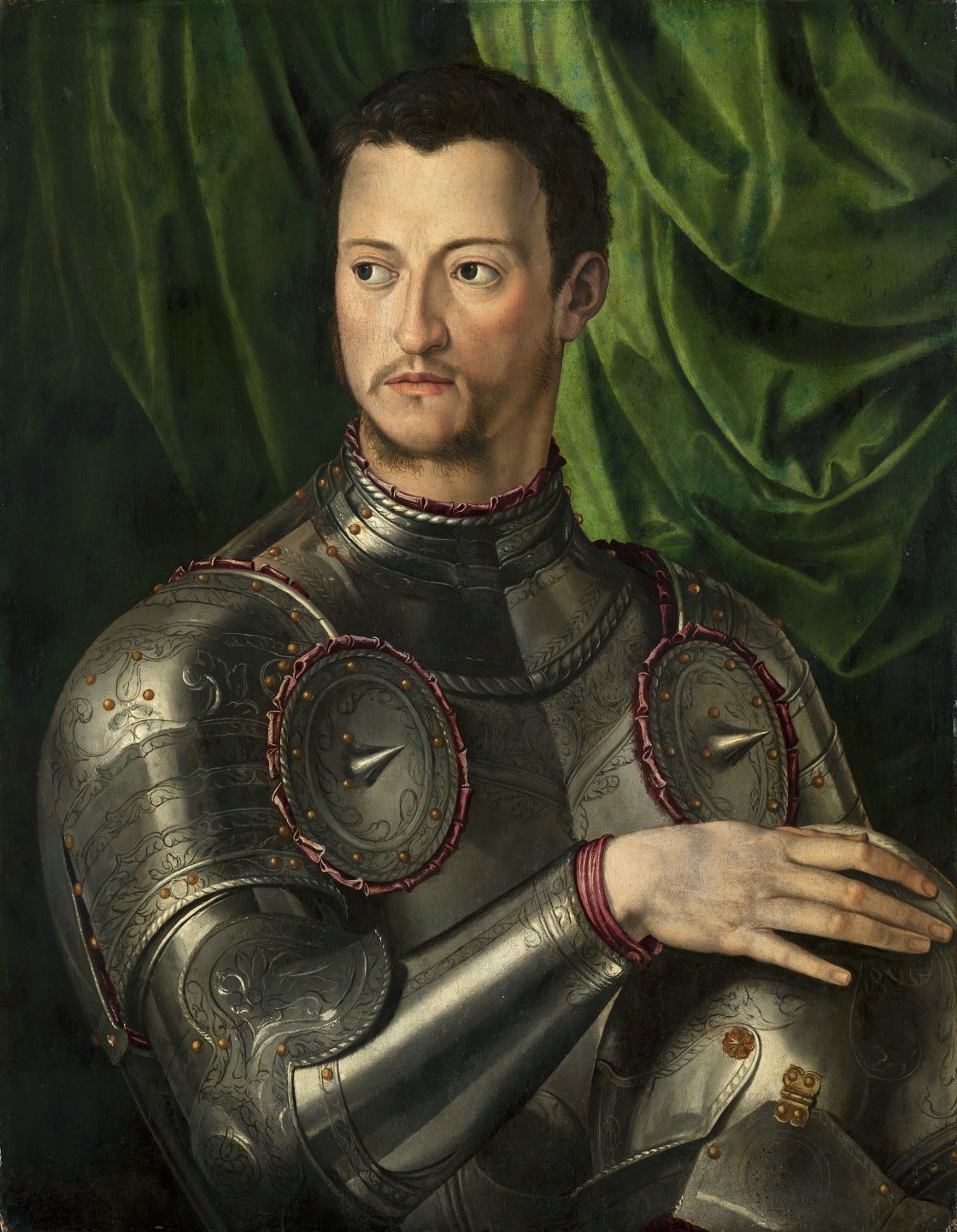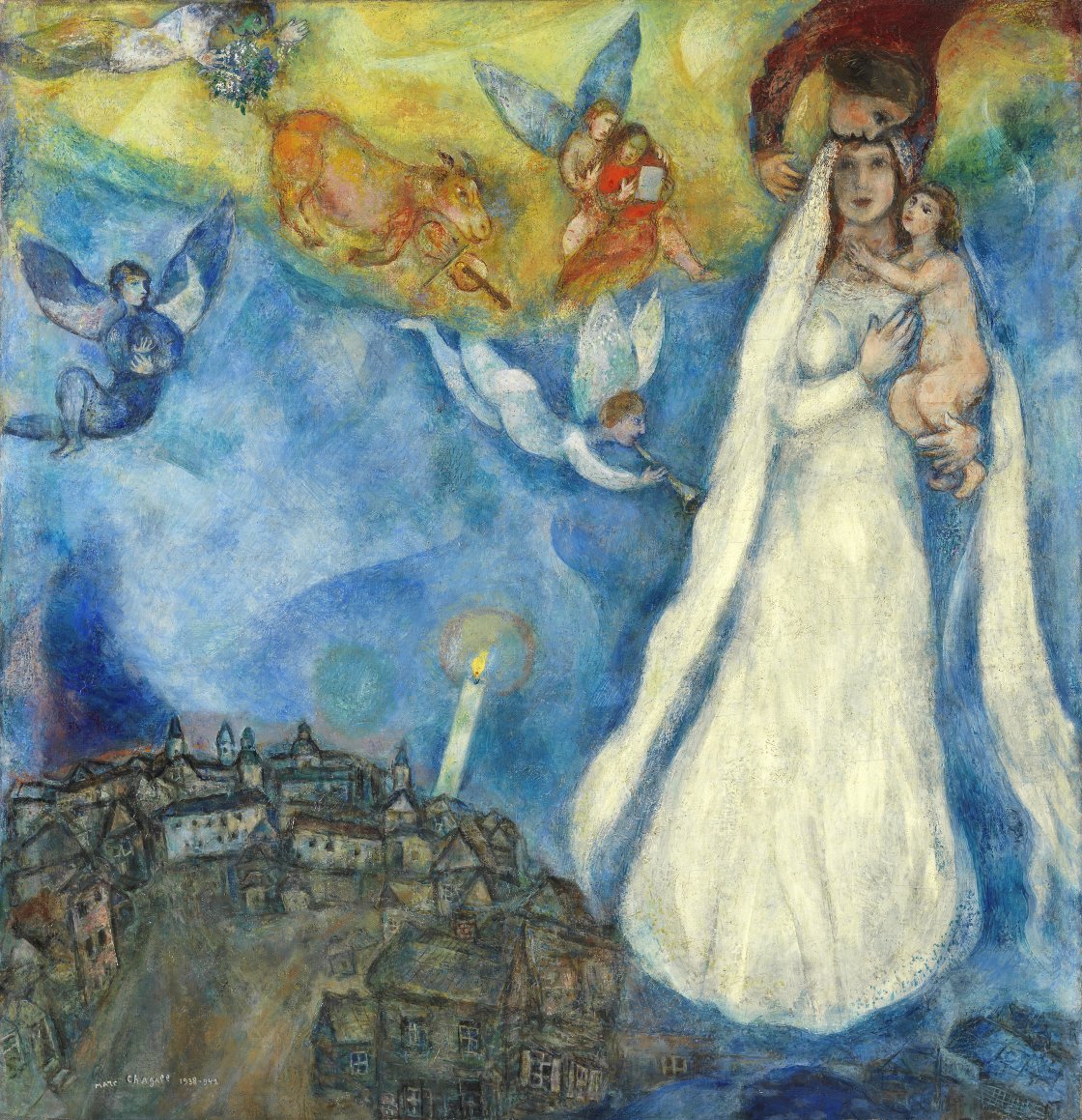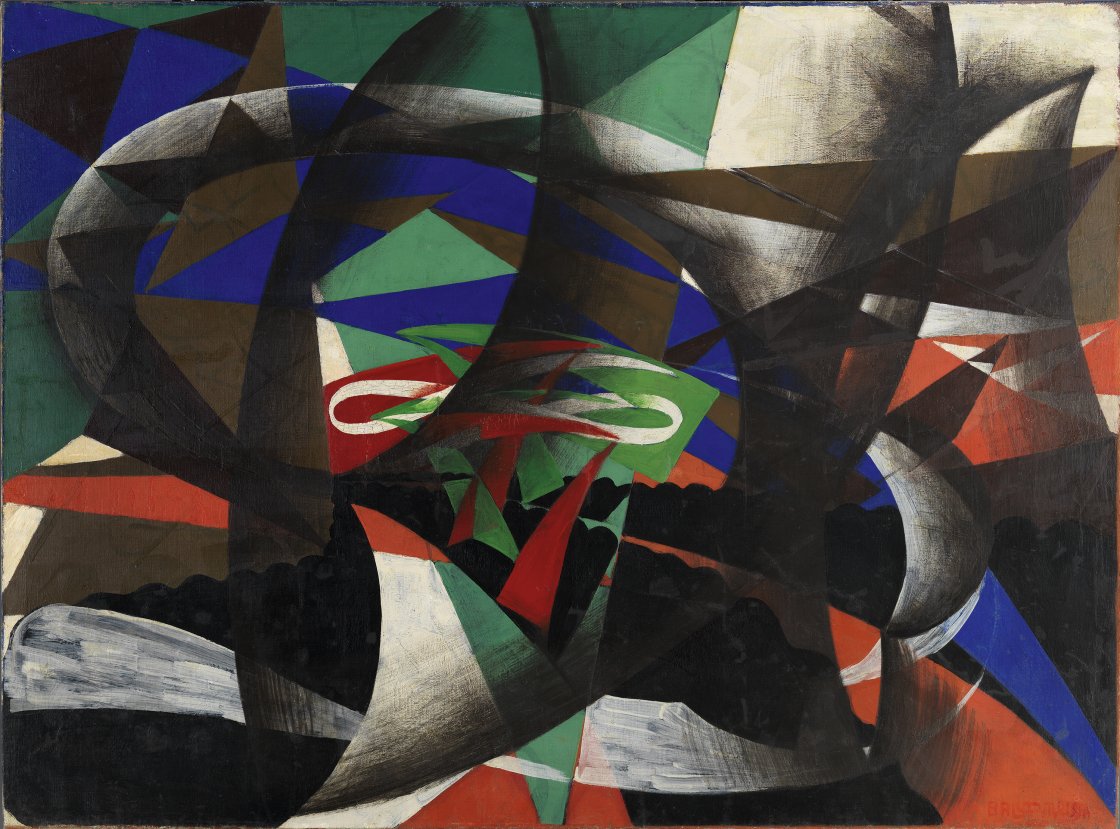Open Windows 2
October 2010
Online periodical regarding research of the works of the Collection

Thyssen and Ketterer: two friends and a collection
Marta Ruiz del Árbol
On 13 April 1981 Baron Hans Heinrich Thyssen-Bornemisza celebrated his 60th birthday, receiving particularly special greetings from his old friend the art dealer Roman Norbert Ketterer and his wife, written in Gothic script on paper imitating parchment.

Bronzino and Cosimo I de’Medici. The Power of an Image
Mª Eugenia Alonso
Cosimo I de’Medici, the first Grand Duke of Tuscany, was born in Florence on 12 June 1519. His father, Giovanni dalle Bande Nere, had been a celebrated condottiere, while his mother, Maria Salviati, was responsible for his education. Cosimo spent his childhood in Mugello, a small town to the north of Florence. He belonged to a lesser branch of the family and there was nothing to indicate that he would become one of the most important figures in that city’s history.

Corot: Solitude
Juan Ángel López-Manzanares
Camille Corot’s painting Solitude. Recollection of Virgen, Limousin, acquired by the Baroness Carmen Thyssen-Bornemisza in 1999, is a celebrated work for having been exhibited at the Paris Salon in 18861 and above all for the fact that it was acquired by Napoleon III for the collection of the Empress Eugenia de Montijo for the considerable sum of 18,000 francs. Little more, however, is known about the painting. Its veiled symbolism and the fact that it remained hidden in various private collections until 1999 have contributed to its enigmatic character.

The Madonna of the Village. World War II and the Rescue of Works by Chagall
Clara Marcellán
Chagall’s painting The Madonna of the Village is to be seen on an easel, located outdoors on a rocky patch of ground near a rural house. Grouped around it are Marc Chagall, the creator of the work; Bella, his wife; Hiram Bingham IV, the US Consul in Marseilles; and Varian Fry, envoy of the Emergency Rescue Committee in France. Fry is the only person who looks at the painting rather than at the camera.

“Art comes out to engage with life”
Blanca Uría Prado
In 1909 five painters – Giacomo Balla, Umberto Boccioni, Carlo Carrá, Luigi Russolo and Gino Severini – joined forces to throw down a challenge, once more declaring the decline and death of old art and once more proclaiming the need for change and freedom. However, as Christopher Green noted, few movements had shown such a level of commitment as that professed by Futurism in Italy. The Futurists began by rejecting the art of the past and terminated by denying their own previous identity. Art came out to engage with life.
